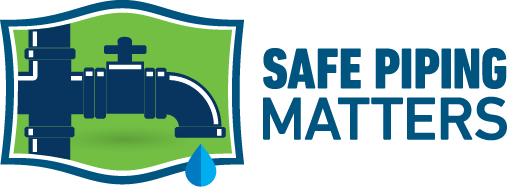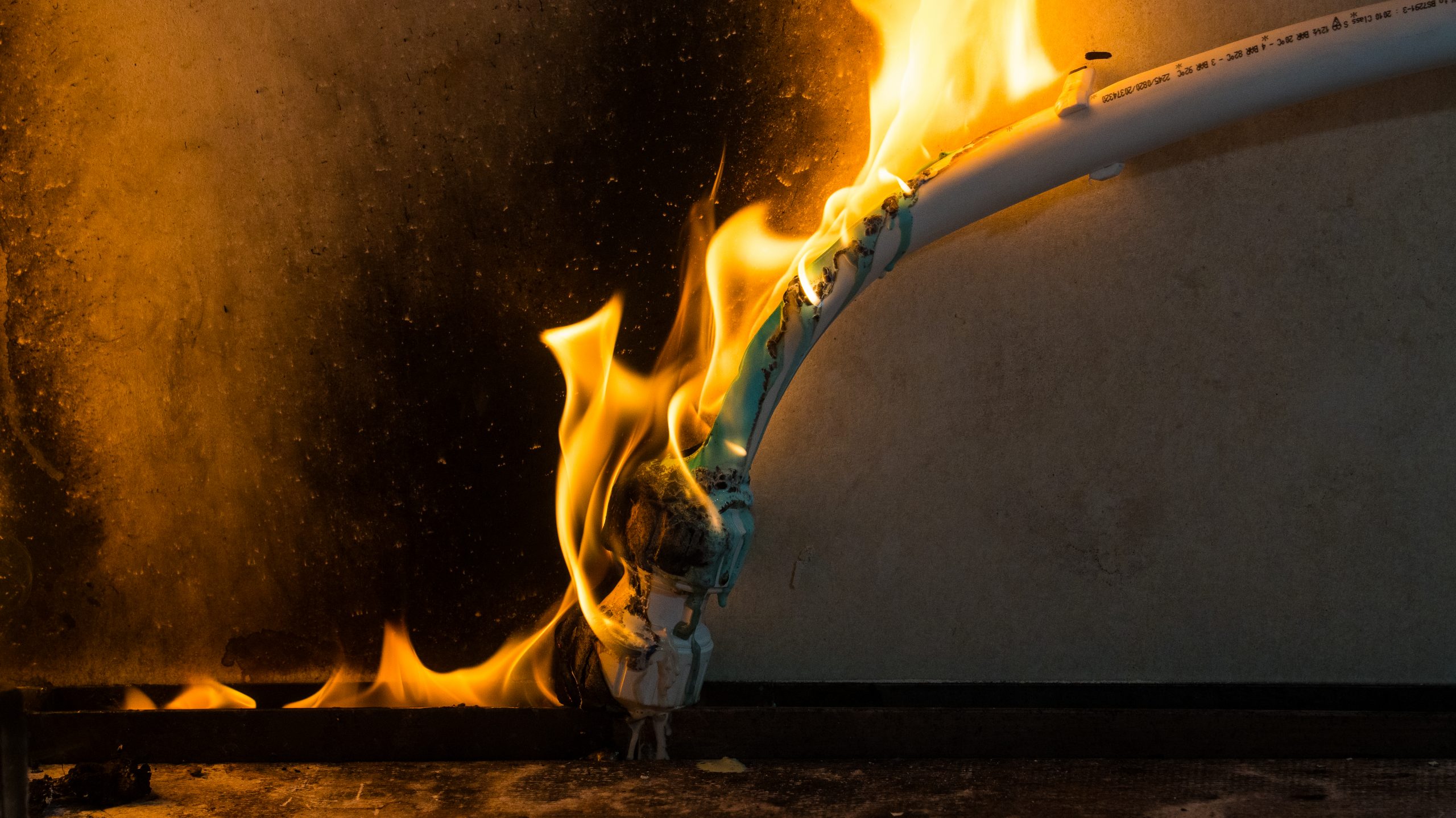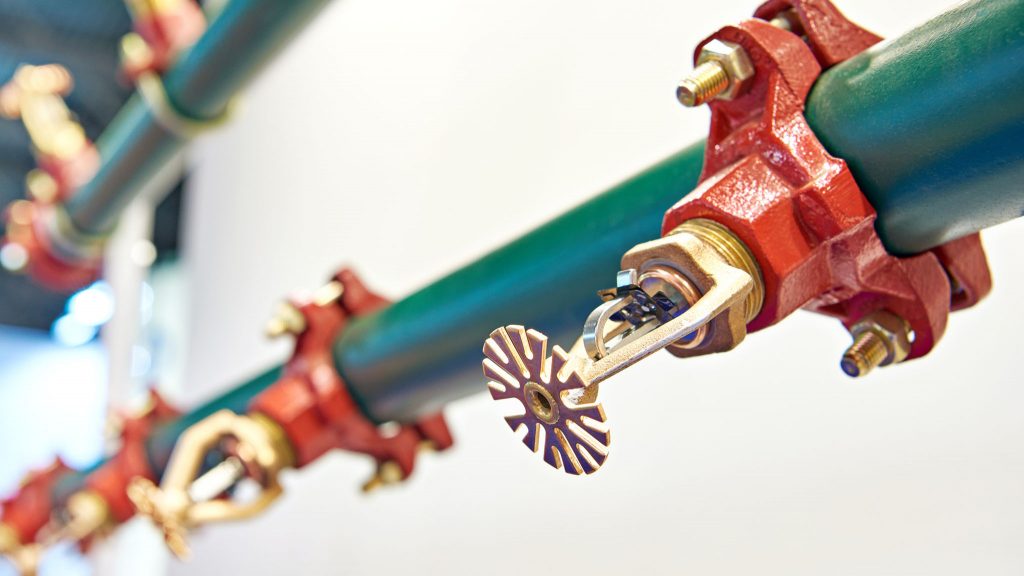Fire Safety
During structure fires and wildfires, piping impacts the safety of buildings and communities. Improperly installed pipe can cause firestop failures, allowing flames and smoke to spread through walls and floors. Combustible materials such as PVC and PEX fuel higher fire temperatures and toxic smoke that can turn serious fires into deadly ones for occupants and first responders. After fires, benzene from melted plastic pipe can poison drinking water for entire communities.
Overview: Fire Safety Concerns
Research by the fire safety industry and testing laboratories has found that over the past several decades, many types of buildings have become more susceptible to fire damage. Plastic pipes, foam, fabrics, and insulation all represent significant sources of combustible, petroleum-based materials that increase fire risk. Key issues from ongoing work in the building and construction industry include:
- Toxic Smoke: Testing shows that plastic pipes emit harmful gases such as carbon monoxide, hydrogen bromide, hydrogen chloride, hydrogen cyanide, nitrogen oxide, and sulphur dioxide, among others, when they burn. Even at low levels, such gases can overwhelm building occupants and the first responders who come to fight the fire.
- Firestopping: Homes, schools, and workplaces with plastic pipes should be designed to mitigate increased risks of direct structural failures. Plastic is an intumescent material that can expand “up to 35 times” its initial volume in the event of a fire, according to plumbing and firestopping experts at HoldRite. Designing firestops to resist such expansion requires significant expertise, which is often not well understood by either mechanical contractors or even building inspectors. Failed firestops will allow fire, smoke, and gases to penetrate through walls and floors.
- Chemical Releases: Burned and melting pipes can also threaten the safety of communities’ water infrastructure. The Camp Fire in Paradise, CA, damaged plastic water supply and distribution pipes, introducing benzene and methylene chloride into water supplies that subsequently became highly contaminated. Until the town’s piping infrastructure could be replaced, Paradise residents had no access to safe tap water.
Research Shows Risks of Plastic Piping in Fires
Recent fire testing from the Copper Sustainability Partnership (CuSP) reinforces our findings that combustible plastic plumbing materials pose significant risks in fire conditions. Their results highlight factors that architects and engineers must understand when considering how pipe material choices impact fire risks, building integrity, and the safety of occupants and first responders. More >
Report: Sprinkler System Piping
Fire-sprinkler systems are a fundamental component of modern fire protection strategies, offering active protection that enhances occupant safety, minimizes structural damage, and ensures compliance with building codes. This report provides a comprehensive overview of system components, design considerations, and material options associated with fire-sprinkler systems. More >
Related Articles
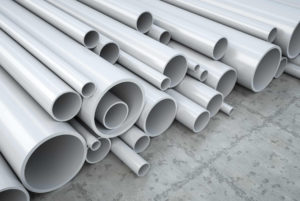
Plastic Pipes – A Fire Safety and Cancer Causing Health Risk?
Developers, builders, and code officials need to reduce and restrict the use of plastics installed in buildings before they cause harm to either firefighters or building occupants.
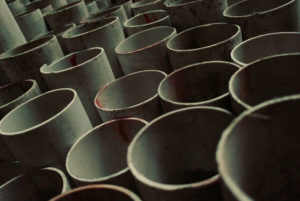
Are Plastic Pipes Safe?
Are Plastic Pipes Safe? Piping material within a building plays a more critical role in
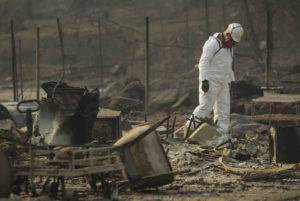
No Paradise: Water Contamination Demonstrates Importance of Safe Piping
No Paradise: Water Contamination Demonstrates Importance of Safe Piping After the tragic Camp Fire in

Study: In Fires, Toxic Smoke from Plastic Can Doom Occupants
Study: In Fires, Toxic Smoke from Plastic Can Doom Occupants By Kevin O’Connor The construction
